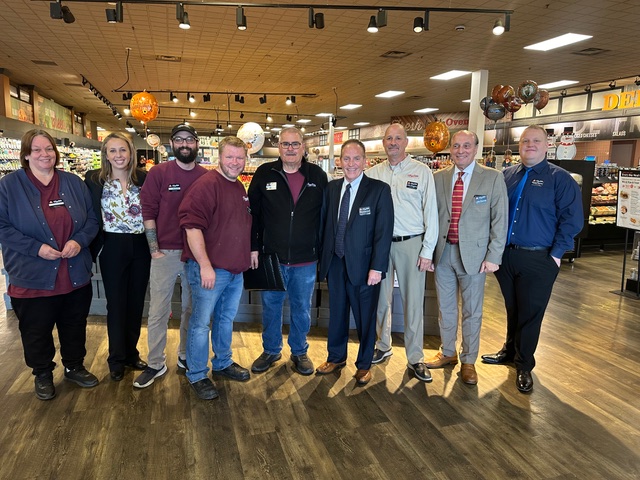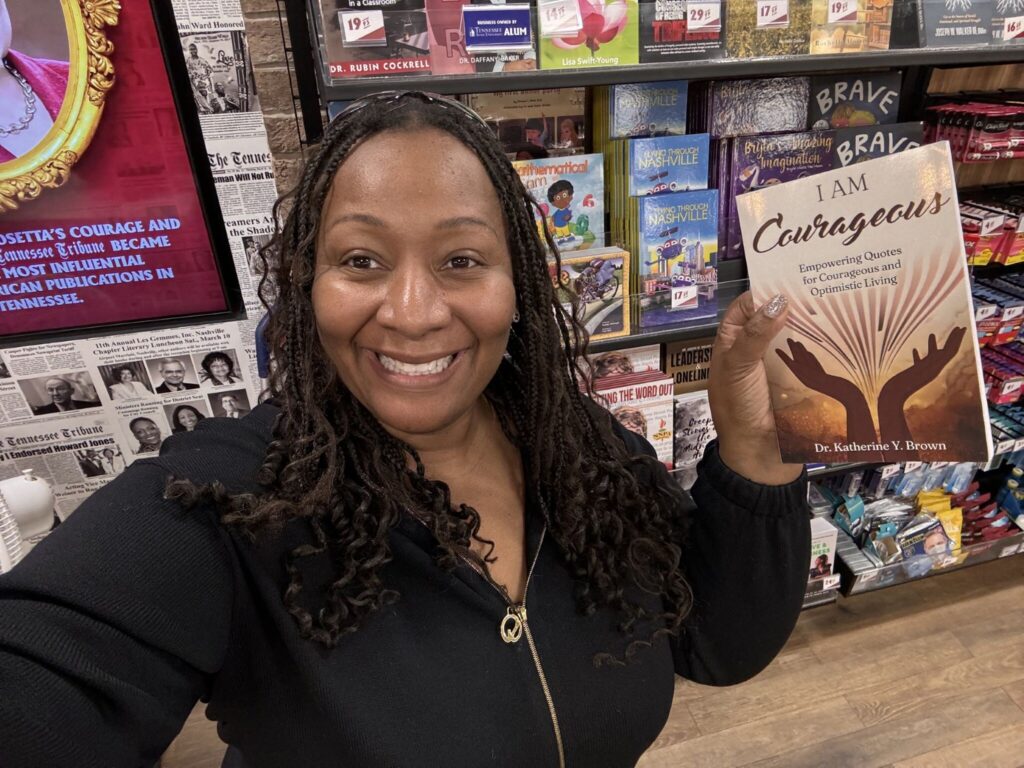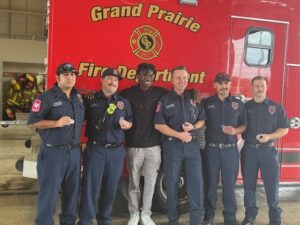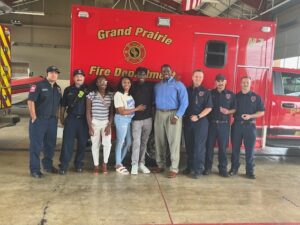By Gina Mayfield
At a wedding reception in Sarasota, Florida, photographer Stacy Boyce set up her camera equipment just beyond the edge of the dance floor in anticipation of the father/daughter dance. Soon after, the bride and her father began their long-planned choreographed dance routine. “They were kicking it to this Taylor Swift song that started out slow and then became more upbeat,” Stacy says of the moment before everything changed.
The father of the bride, Brad, suddenly fell backwards and struck his head on a cement surface. Things became chaotic as guests emotionally responded to the scene, and a couple of people rushed over to help, including the bride’s cousin’s husband, Kord, a firefighter/EMT. “As soon as I saw the bride’s face, all of my training took over,” he says. “It felt like I was on autopilot, I didn’t think, I just acted and used the skills I’ve learned. My adrenaline was pumping like crazy.”
“It’s all happening in what feels like split seconds,” Stacy says. “I’m watching what’s going on. I wear two cameras and have a lot of gear strapped to me.”
Then Stacy’s husband came over to her and said, “Babe, they need you. You’ve got to go get in there.” Turns out she was a firefighter/EMT too and had a background as a first responder and in emergency medical services (EMS). “It had been five years since I was out on the field. I was more or less retired from firefighting, but you don’t forget all that stuff,” she says.
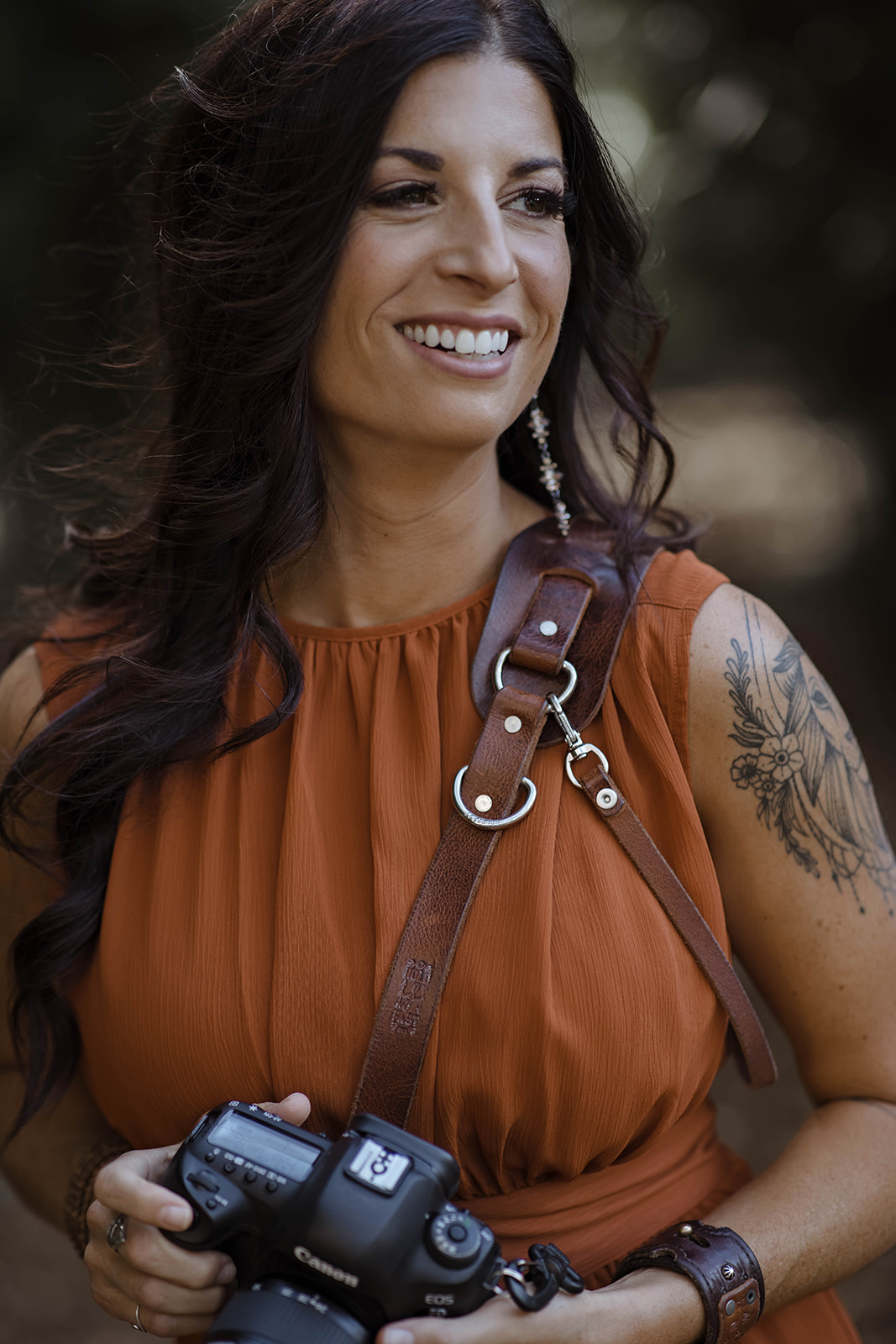
Stacy and her husband unloaded her photo gear and she went over to Kord to help him assess the situation. She told him about her own background and said, “Let’s do this together, I’m here to help you.” Brad was checked for a pulse and any signs of breathing. “Kord looked at me. We locked eyes for a second, and he says, ‘I don’t have a pulse.’ And I said, ‘It’s time for CPR,’” Stacy says.
Kord ripped open Brad’s shirt and started compressions that Stacy describes as “textbook perfect.” A member of the catering staff rushed over with the AED. A shock was advised, and that’s when reality really started to set in.
Stacy delivered the shock to Brad. “Within 10 seconds he was regaining color and consciousness,” she says. “He started to breathe on his own and we got him back.”
“I will never forget the feeling of relief that washed over me when Brad grabbed my hand in the middle of my compressions, or the surprise when I asked him if he could hear me, and he responded,” he says.
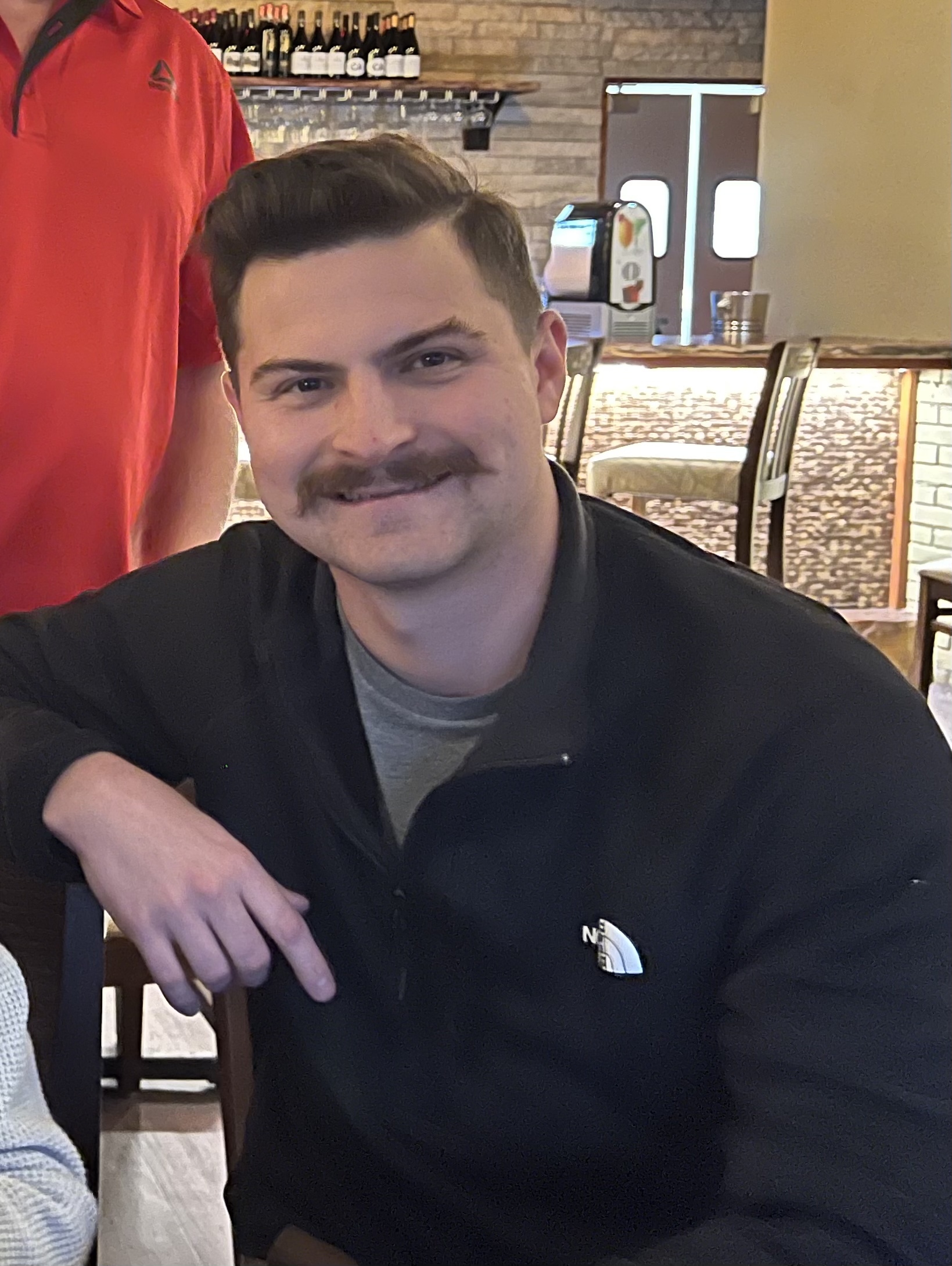
Moments later, medics arrived on scene. “I looked over to see one of my instructors from the fire academy kneeling next to me, and I gave him a quick rundown of everything as I remembered it,” Kord says. “Once they got Brad in the ambulance, they said he was joking with them and that’s when part of me just knew everything was going to be fine.”
The family provided a quick synopsis of Brad’s health to the medics. He had no history of a heart condition and no known risk factors. He was rushed by ambulance to the hospital, accompanied by his wife, the mother of the bride. All the wedding vendors, including the DJ, came together and unanimously agreed to reschedule their services for another time, at no charge to the bride and groom. But the family decided to continue the reception after taking about an hour to regroup. They knew that’s what Brad would want them to do.
Stacy pulled herself together and began to process that she had just been involved in a rescue for the first time in years. “I used to be able to compartmentalize things because I was wearing a uniform and drove an ambulance. But this time it was like my two worlds were colliding,” she shares.
Family members thanked her, and she had the opportunity to shake Kord’s hand and tell him that he did “a hell of a job out there.” As it turned out, that was the first time he had ever performed CPR. “Even though I had been working as an EMT for over a year and a half, I was only a few months into my firefighting career. I never ran any cardiac arrest calls,” he says. “I’ve had my fair share of CPR training between my time in the Marine Corps infantry and various classes since starting my journey as an EMT, so I believe it was a lot of muscle memory that guided me through it.”
Stacy later learned that the bride’s aunt worked at an office with an emergency response plan and she was the AED point person, so she knew to immediately go retrieve the AED. Unable to run back fast enough in high heels, she had passed the AED to the catering staffer wearing sneakers who ran it back to Stacy. “You better believe I look for an AED at every venue now,” Stacy says with a smile.
After Brad’s fall, Emily, the bride, had been whisked away to another room so she wouldn’t have to witness the trauma. “That’s not how you want to remember the day, because heaven forbid, if her dad hadn’t come back that would be the last memory she would have of him,” Stacy says. “We didn’t want that for her.”
Out of love and support for the family, the guests stayed for the rest of the evening. The night continued with toasts and speeches, and, of course, the cake cutting and more dancing. Later, Stacy heard from the family that the cardiac surgeon had said that the shock she administered had saved Brad’s life. He had heart surgery and now has a great prognosis. He was quickly released from the ICU, and Kord and his family got to go visit him. “He was already back to his normal self,” Kord says. “I’m just grateful I could help give his family more time with him.”
“It takes a village. Lots of people need to be trained in CPR. Laypeople need to be trained,” Stacy says. “You can’t just hope that maybe somebody like a nurse, doctor or firefighter will be available to help. You can’t just think that way. Everybody should be trained.”
Months later, on Father’s Day, the family returned to the wedding venue and enjoyed the meal they would have had together at the wedding. They’ll have many more meals, holidays and celebrations to share in the future. “If things had ended differently, this whole story would have been tragic,” Stacy says. “But it really was a happy ending.”
A Note from the Bride
“My family can’t thank Kord and Stacy enough for being heroes that day and stepping in to save a life. Every second counts in a situation like that. As stunned as everyone was to witness something so devastating, especially at a wedding, Kord and Stacy knew exactly what to do and swiftly jumped in.
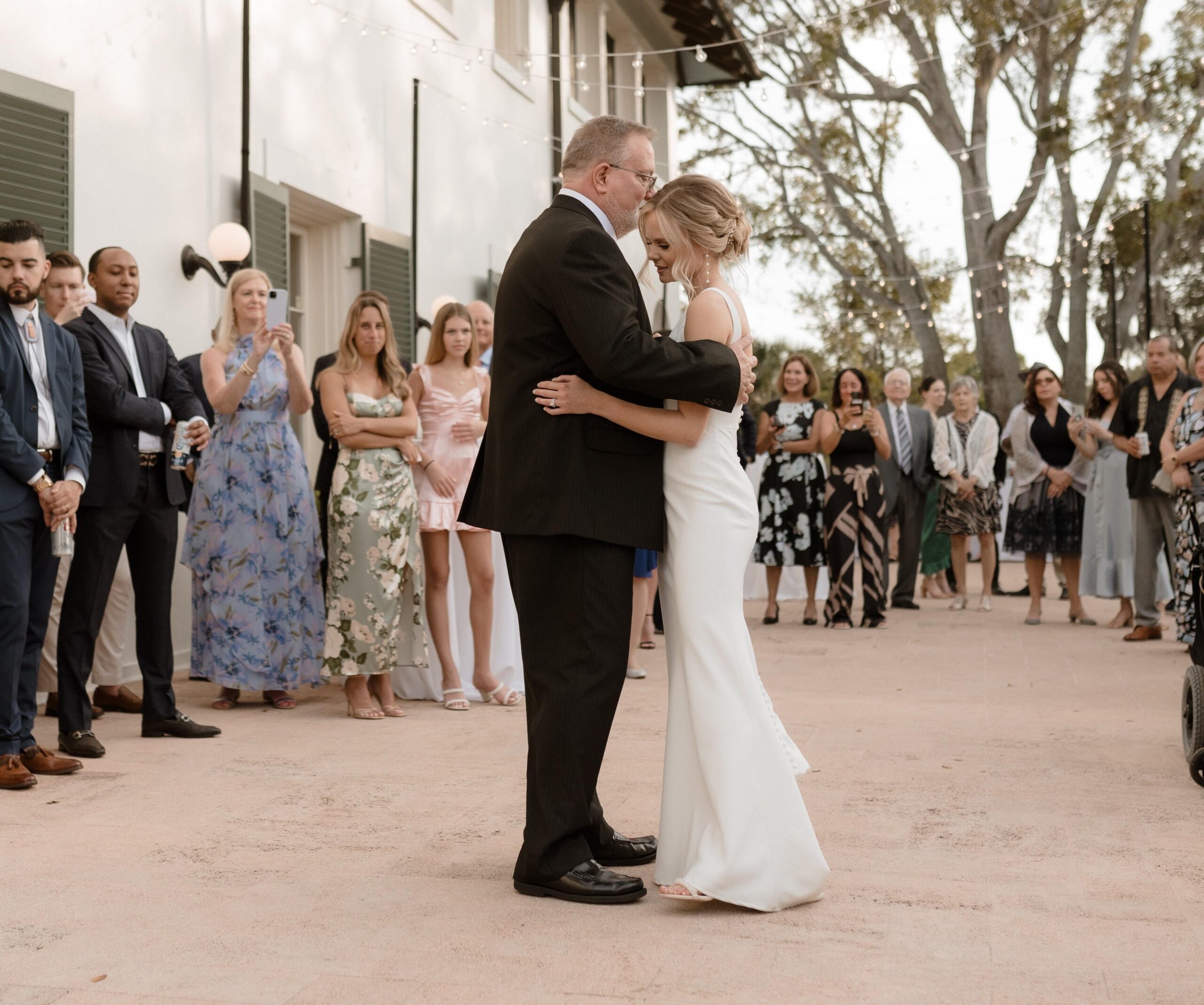
During the wedding planning process, Jayson and I hired Garry and Stacy (husband and wife photography team), and felt so confident with our decision. We immediately connected with them and felt so comfortable being in their hands. Who knew, a year after connecting, Stacy would be the one to help save my dad’s life with the AED and that her being a retired firefighter/EMT would come in handy. She was there for a reason.
Kord performed such a selfless and admirable act that day. I did not see the CPR take place, but I was told by many that he did a phenomenal job. Today, Kord works as a firefighter/EMT for the City of Venice, Florida.”
The AHA is committed to transforming a nation of bystanders into a Nation of Lifesavers. Join the movement that can make a difference in the life of someone’s partner, parent, friend, or family.
